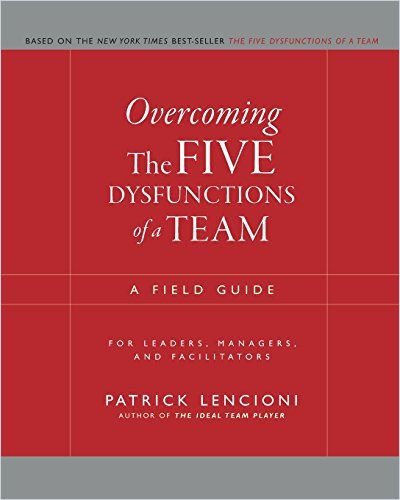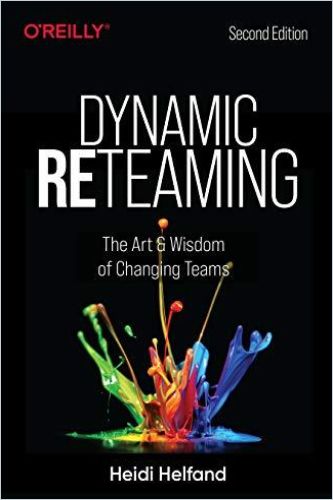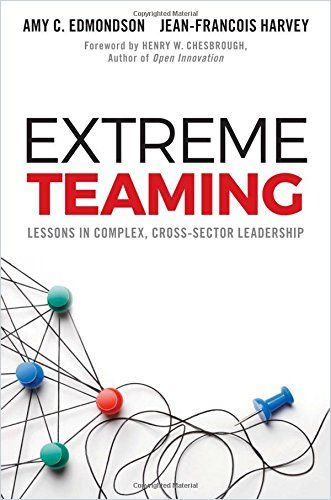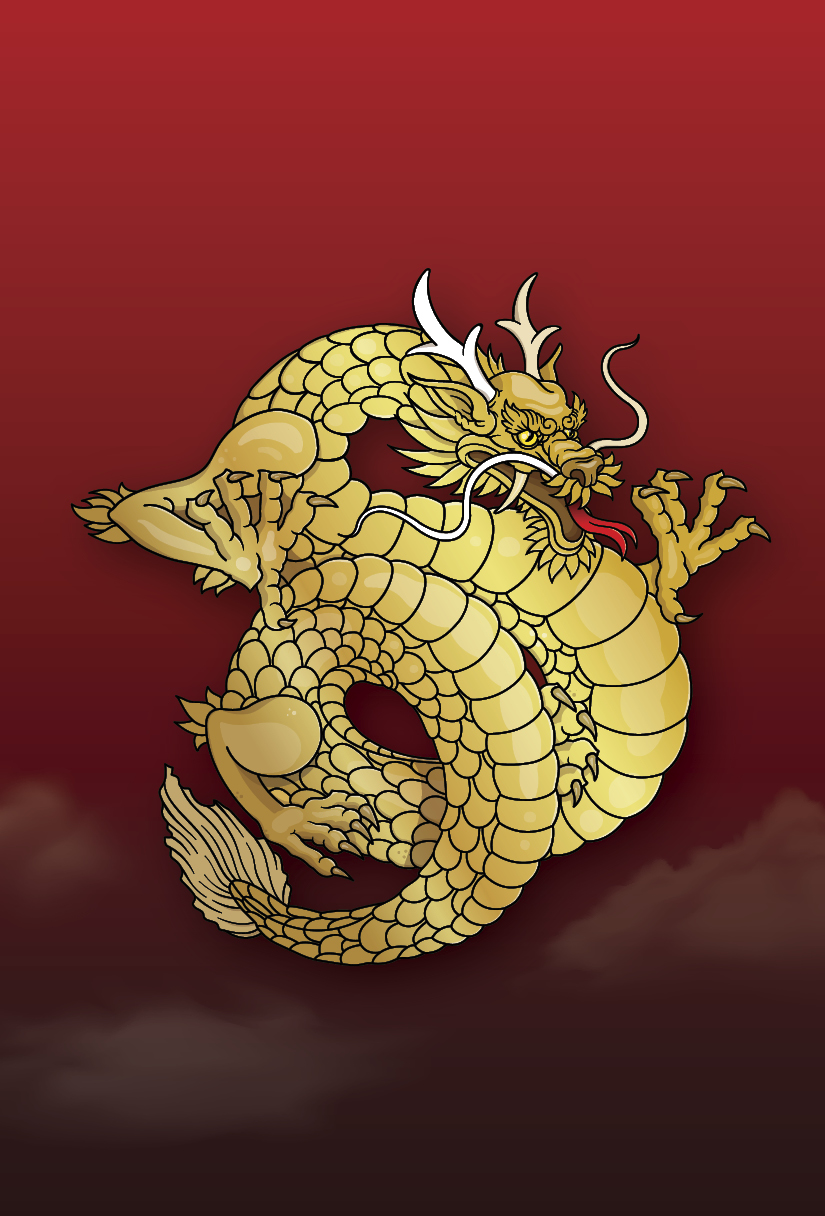Lessons from the Top of the World

Bold company objectives can be as bracing and formidable as climbing Mount Everest, the world’s tallest peak, a feat that’s beckoned generations of adventurers but wasn’t accomplished until 1953 by Sir Edmund Hillary and his Sherpa guide Tenzing Norgay. Since then, hundreds of climbers have made reaching Everest’s peak their goal, though not all succeeded. Climbers train for years to have the skill and experience it takes to tackle the challenge. Hazards are great: avalanches, thin oxygen, risky and suddenly changing storm conditions. And those are just the ones climbers know about going in.
Several business writers with an appreciation for the discipline and challenge of mountaineering use Everest as a metaphor for the harsh, constantly changing landscape of business, the focusing ability of big goals, and as a primer for fine tuning team performance dynamics, translating lessons learned on the treacherous slopes of the world’s highest peak in subzero weather to modern day boardrooms. More than one has used disaster on Mount Everest to attract attention.
1. The Test of Leadership
Experienced climber Chris Warner and SAGA Leadership Institute founder Don Schmincke put it starkly in High Altitude Leadership when they say leaders taking on heavy responsibility must face their fear, even of death. You don’t get to the top of Everest without befriending the obstacles you’ll face along the way: the Khumbu Icefall, the avalanche path, altitude sickness.

High-level leadership means “pushing the envelope” of what’s possible, and preparing to take risks. Fear can be paralyzing, and it’s a reaction that leaders in pivotal positions at crucial reckonings cannot afford.
Extreme climbers train to operate in stressful, inhospitable environments. They train to deal with low oxygen level, no sleep, and insufficient water and nutritional resources. Climbing Everest and similar feats test the ability of humans to endure, both mentally and physically, and push the boundaries of what was previously thought unachievable. In 1978, climbers Reinhold Messner and Peter Habeler summited Everest without using supplementary oxygen, something experts thought was impossible. In tough times, leaders and their teams need tough egos to succeed. Ultimately, the task takes grit.
2. It Takes a Team
The first leadership lesson climbers learn, as On The Edge author and climber Alison Levine points out, is nobody accomplishes big, “moonshot” goals alone. In the life and death situation of summiting Mount Everest, every team member must be a leader and operate at peak potential. Conflicts can still exist among members in great teams, but don’t let them fester. Best to be transparent and resolve differences.
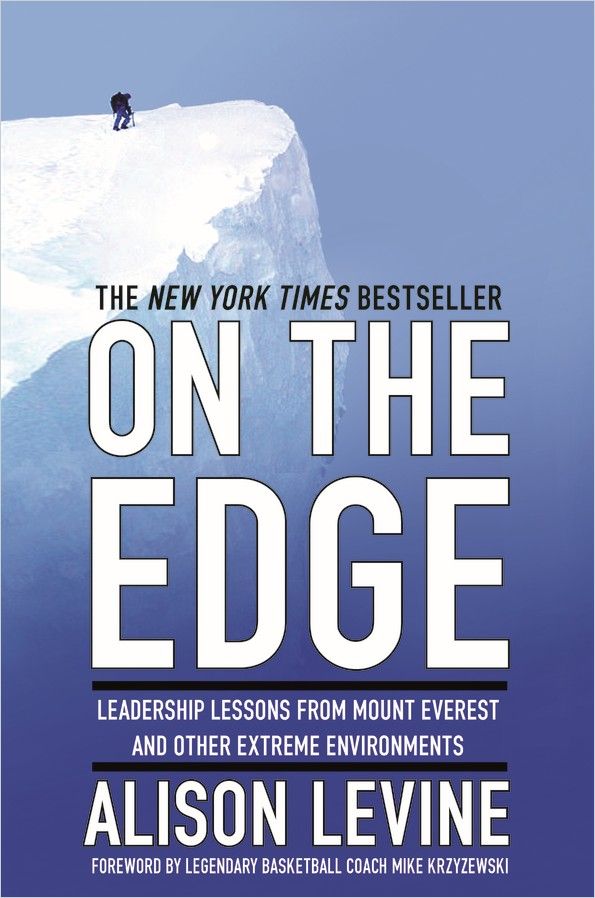
Warner noticed climbing teams were generous colleagues on the way up, but more selfish on the way down. Leaders build team trust by working alongside others and focusing on the mission that binds them together. This inspires loyalty, and loyalty is that intangible quality that will make all the difference in a pinch.
In August of 2010, a copper mine collapsed in Chile, trapping 33 miners underground. Their fate seemed ordained. But a multidisciplinary team of international experts came together, and working rapidly to assess the constantly changing situation, rescued the miners over a period of 70 days. Leaders put together these kinds of “extreme teams” to navigate specific challenges but also to explore new opportunities in a rapidly evolving business situation.
3. Complacency Will Kill You
Sometimes experienced climbers forget the danger of their enterprise and careless lapses, for instance not noticing a potentially lethal change in the landscape like melting ice, can lead to disaster. Levine compares this to when Research In Motion failed to appreciate the threat a new generation of smartphones posed to its BlackBerry device. Its valuation plummeted by more than $75 billion in four years.
In 2006, organizational expert D. Christopher Kayes studied the 1996 Mount Everest disaster that claimed eight lives. He coined the term “destructive goal pursuit” for companies and leaders that obsess about a goal without noticing the changing environment that makes it prudent to shift focus.
The downside of setting goals, says Kayes, especially for organizations, is they are hard to abandon. People use them to justify cutting corners and they can produce unintended consequences. “Goalodicy” describes the notion that achieving a distant goal will erase all the troubling obstacles in the present.

It used to be that individuals and groups organized qualified teams to pool resources to get to the top of Everest. That changed in the 1990s, when high-profile guides marketed package deals for the sum of $65,000 per person. While in the past the mountaineers in these groups were highly qualified climbers, those who joined the groups of New Zealander Rob Hall and American Scott Fischer in 1996 were more like tourists expecting to be safely led through the hazards of ascension to Everest’s summit. This kind of commercialization led to overcrowding at the summit, which added to the delays that translated into loss of life. Although climbers should turn back from the summit by 2 p.m. – whether they’ve reached it or not – in order to avoid the increasing danger of descending in the dark, Hall and Fischer felt an obligation to give their client’s their money’s worth: These people paid lots of money to accomplish a once-in-a-lifetime goal. Their decision cost them and several of their clients their lives.
Dwindling resources and an unexpected storm left these teams with little flexibility.
Their single-minded obsession to reach the summit doomed them. The goal should have been reaching the summit and returning home safely.
4. It’s a Volatile, Uncertain, Complex and Ambiguous World
“VUCA” is a business term that describes the “volatile, uncertain, complex and ambiguous” circumstances of a constantly changing business environment. Mountaineer and business consultant Patrick Hollingworth illustrates in The Light and Fast Organization how the rigid, hierarchical, infrastructure-heavy “expedition style” of climbing of Mount Everest can actually make your organization fragile, while an “alpine style” approach leaves it agile and adaptable. Alpine climbers make a general plan and test it out, then adjust depending on the feedback.
‘Alpinists’ travel light and move quickly, and for this reason miss many of the sudden storms and avalanches that beset ‘expedition style’ endeavors.
They attune themselves and adapt to the change around them. Instead of seeking to control the environment, the goal is to respond. Alpinists are more motivated by constantly improving their skills and learning from new challenges than the “goalodicy” of getting to the top of the mountain. Uber is a great example of the Alpinist style in the ride-hailing business. It successfully challenged and seized market share from the more “expedition style” model of the taxi business, with its extensive infrastructure.

Levine points out that climbers on Everest return to base camp after a night or two at progressively higher-altitude camps. This is to condition themselves to the low oxygen. This can feel like backsliding on the goal of summiting, but it’s actually a part of progress to the goal. Failure is a part of success if you strive to achieve remarkable results – moonshot goals. Many climbers understand that they can’t always control the crucial factors that play into reaching their ultimate goal, but that the journey, and constantly pushing beyond your limits, is more meaningful than the destination.
5. Why Teams “Overpursue” Goals to Their Detriment
The arrogance of the expedition leaders on Mount Everest in 1996, combined with faulty team dynamics and a complacent reliance upon processes that had always worked in the past, doomed eight Mount Everest climbers. Hall and Fischer’s command-and-control style caused climbers on their team to suspend their own concerns. They weren’t trained to assess their situation and make their own decisions, even though their lives literally depended upon independent thinking. Team dysfunction such as not “roping together” and climbing as a coordinated group contributed to a deadly lack of coherence when the leader was not able to make decisions and the climbing context suddenly changed. It left them stranded helplessly at the top of the world.
“Alpine style” teams emphasize self-sufficiency, an open awareness of the context that surrounds them, and a willingness to alter plans based on that. Setbacks won’t crush them. They utilize “sensemaking” deliberately, imagining potential outcomes to create some structure from the unknown. They employ “slow thinking,” methodically evaluating data.
For many on Fischer and Hall’s teams, once the stakes became clear, better teamwork dynamics set in. They helped each other keep their blood circulating by pounding on each other’s backs. They recognized and utilized the strengths of various members for specific tasks. When members on United Flight 93 realized terrorists hijacked their plane, they quickly formed a team to take control of the situation, demonstrating “proximal team learning” and extreme agility. Rapidly changing circumstances demand the ability to quickly assimilate new facts.
The teams on Everest lacked communication; only the leaders and their proxies had radios. As a result, team members did not learn to voice concerns or observations, or suggest alternative solutions to problems as they arose. As Kayes concludes, teaching others to navigate difficult situations is a primary obligation of leaders, develops the strengths of team members and facilitates the sharing of responsibilities.
Read more inspiring life lessons from the sporting world with Think Like a Rower and Other Life Lessons from Sports.


